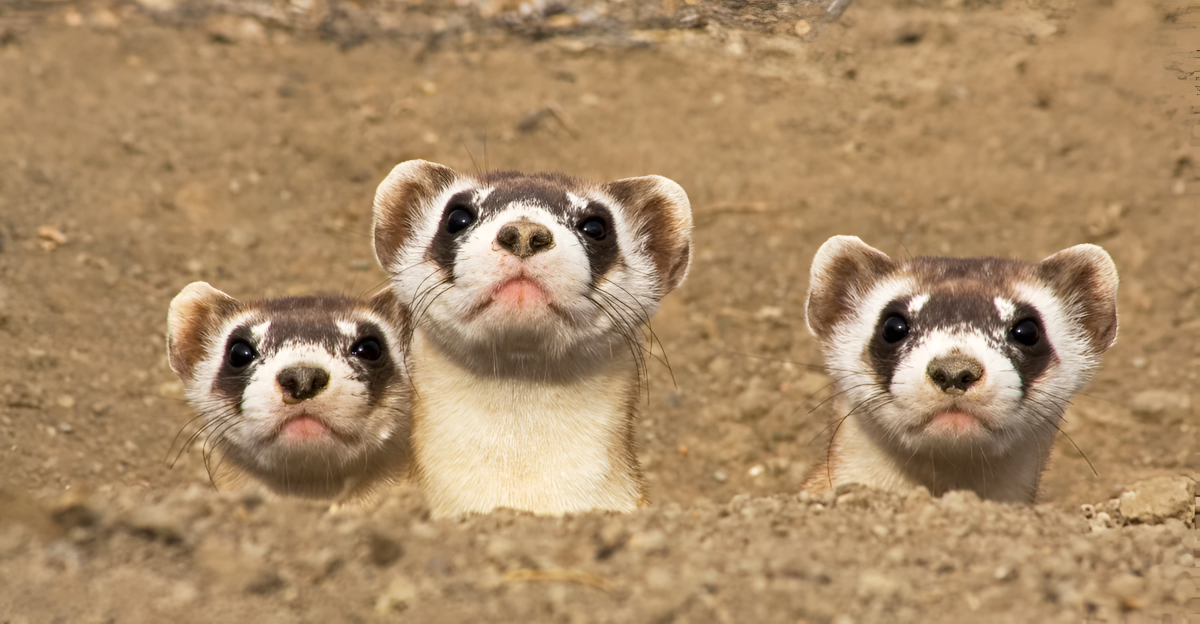
America’s wildlife is facing a silent crisis, with some of its most iconic species on the verge of extinction. In addition to the usual suspects, including habitat loss and climate change, lesser-known threats like disease spillover from invasive species, genetic bottlenecks, and even military activities exacerbate their decline.
These animals are more than rare species; they embody unique ecological and cultural histories. Their disappearance would mean losing vital parts of America’s natural heritage and ecosystem functions. This list highlights nine of these animals, revealing surprising intersections with technology, economics, and national identity.
Understanding their stories challenges us to rethink conservation strategies and underscores the urgency of protecting biodiversity before it’s too late.
9. Mojave Desert Tortoise
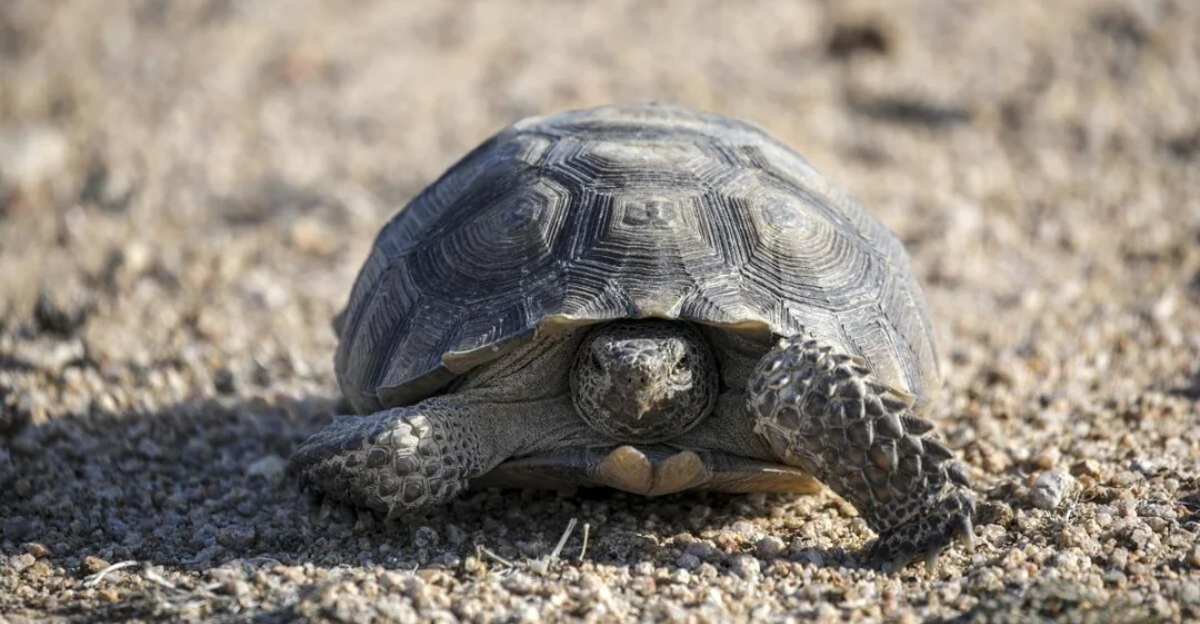
The Mojave Desert Tortoise (Gopherus agassizii) is a symbol of resilience, officially recognized as the state reptile of California and Nevada. This tortoise is well adapted to the harsh Mojave and Sonoran deserts, but faces severe threats because of urban development, off-road vehicles, and military exercises that fragment its habitat.
Natural predators, disease, and climate change further endanger its survival. These tortoises can live up to 80 years, spending most of their time underground to escape extreme heat.
Despite conservation efforts through habitat protection and public education, their population continues to decrease. But without stronger protections and habitat restoration, this iconic creature of the desert may join many other American species that we will never see again.
8. California Condor
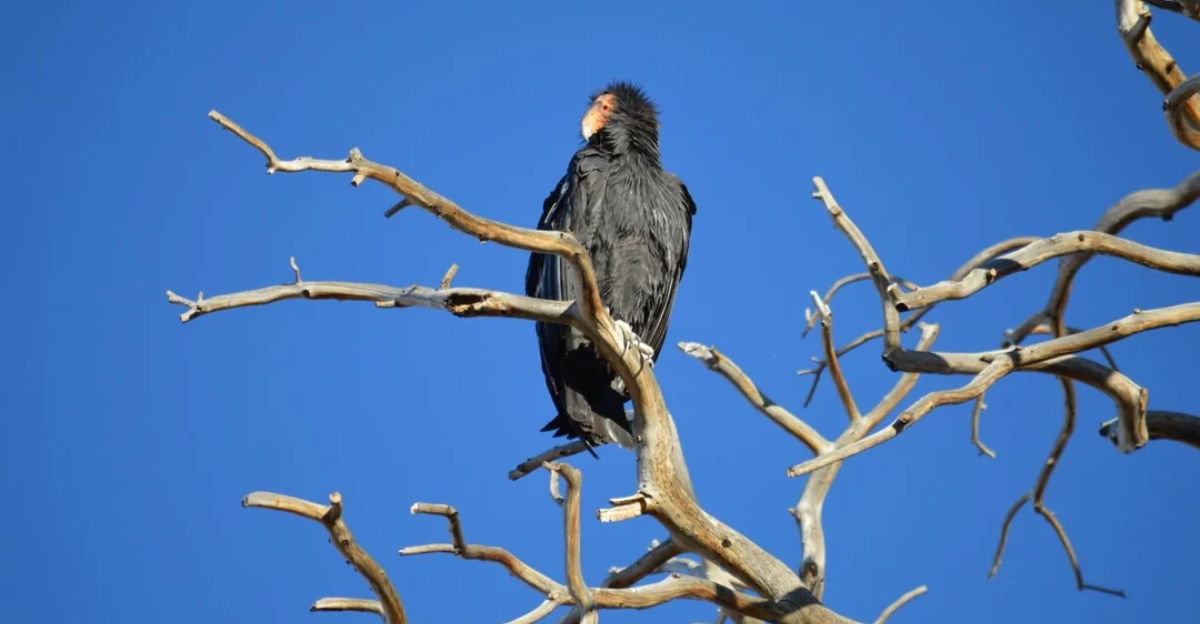
The California condor (Gymnogyps californianus) is a remarkable tale of near extinction and recovery. By the 1980s, fewer than 30 condors were left, all in captivity.
Through intensive breeding and reintroduction programs, their numbers grew to over 500 by 2022, but they are still critically endangered. Lead poisoning from spent ammunition is the leading cause of death, alongside habitat loss and pollution.
With a wingspan of up to 9.8 feet, the condor is North America’s largest land bird and an important scavenger that contributes to ecosystem health. Its recovery illustrates the limits of technology in conservation, demonstrating that long-term solutions, which can address the issues of land use and hunting laws, will be critical to the future of this magnificent bird.
7. North Atlantic Right Whales

The North Atlantic Right Whale (Eubalaena glacialis) is among the rarest marine mammals, with approximately 250 mature individuals remaining. Historically hunted for blubber and baleen, they now contend with modern challenges like ship strikes and entanglement in fishing gear.
These injuries are often deadly, despite regulations imposing speed limits and protected zones. Pollution and climate change add to the strain on their populations. The slow reproduction rate means recovery is painfully slow.
The right whale’s plight reveals the hidden environmental costs of global commerce. It emphasizes the necessity for innovative conservation measures, like dynamic shipping lanes and improved fishing gear, to prevent the loss of these colossal animals forever.
6. Maui Parrotbill
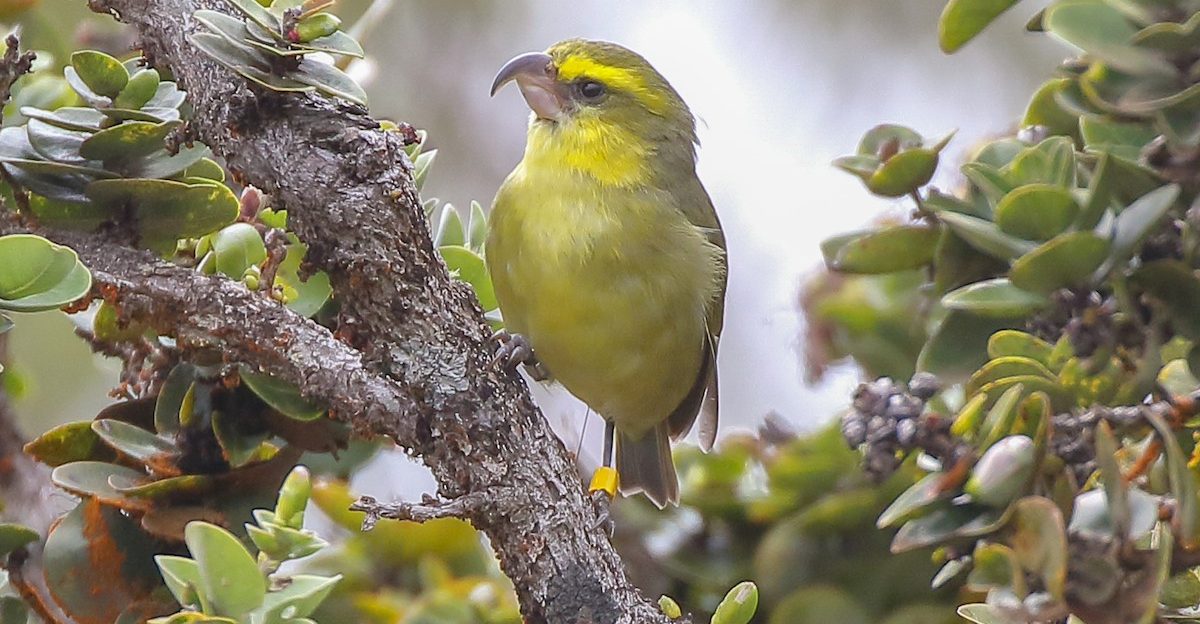
The Maui Parrotbill (Pseudonestor xanthophores) is a critically endangered bird native to the densely forested mountains of Maui, Hawaii. With less than 150 individuals left, it faces threats from habitat destruction, invasive species, and mosquito-borne diseases like avian malaria.
Its strong, specialized beak allows it to extract insects by peeling bark, a unique ecological niche. Conservationists are using captive breeding and mosquito control to save the species, but climate change is likely to make the spread of mosquitoes even worse.
The survival of the Maui Parrotbill depends on innovative habitat management and disease control, underscoring how island ecosystems are especially susceptible to rapid environmental change and invasive species.
5. Red Wolf
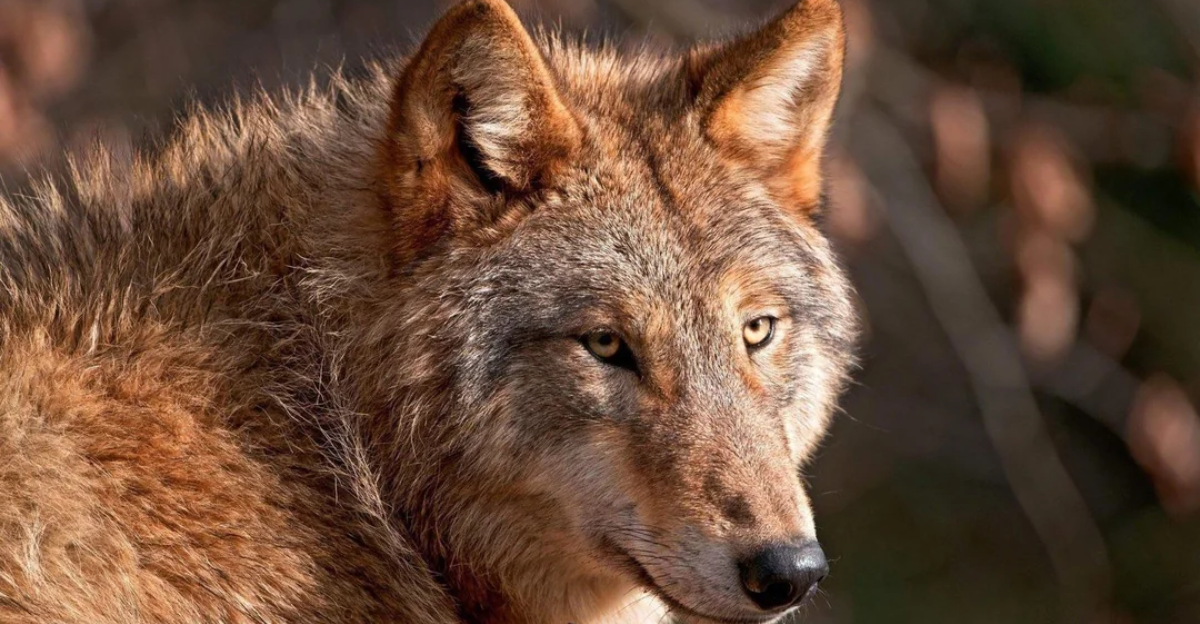
The Red Wolf (Canis rufus) was declared extinct in the wild in 1980, only to be reintroduced through captive breeding programs, primarily in North Carolina’s Alligator River National Wildlife Refuge.
As of 2023, only about 15 wild individuals of the species remain. It faces hybridization with coyotes, loss of habitat, and political opposition. Genetic dilution and limited public support are complicating its recovery.
The red wolf’s tale challenges conventional models of conservation, illustrating that protecting a species isn’t just about biological solutions; it is also about engaging communities and securing policy support. In the absence of coordinated efforts, this distinctive predator is likely to be lost from the wild yet again, which would be a significant loss for biodiversity and ecosystem balance.
4. Alabama Sturgeon
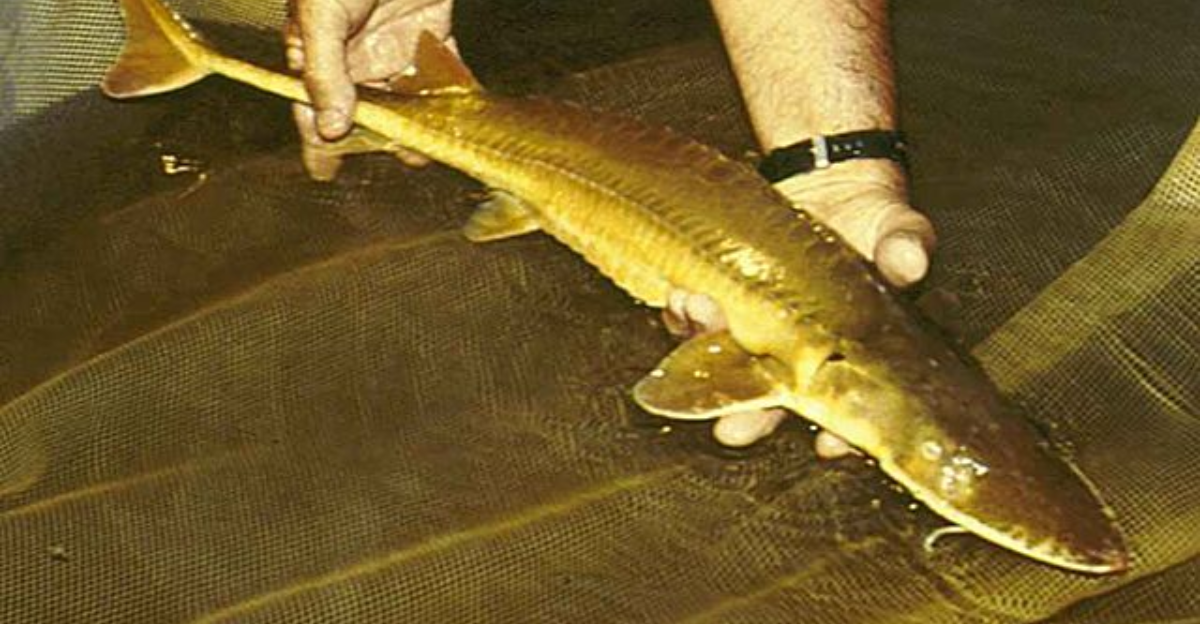
The Alabama Sturgeon (Scaphirhynchus suttkusi), a prehistoric fish native to Alabama’s Mobile River Basin, is critically endangered. Fewer than 10 mature individuals are estimated to remain in the wild. Habitat fragmentation from dams, pollution, and invasive species have decimated its population.
This small, yellowish-orange sturgeon can live to be about 20 years old but has a hard time reproducing in altered river conditions. Conservation efforts focus on restoring habitat and captive breeding, but the species’ future is uncertain.
The Alabama Sturgeon exemplifies how freshwater ecosystems tend to be overlooked despite their ecological importance. Protecting this species is critical for biodiversity and the health of river systems that support countless other organisms.
3. Ivory-Billed Woodpecker
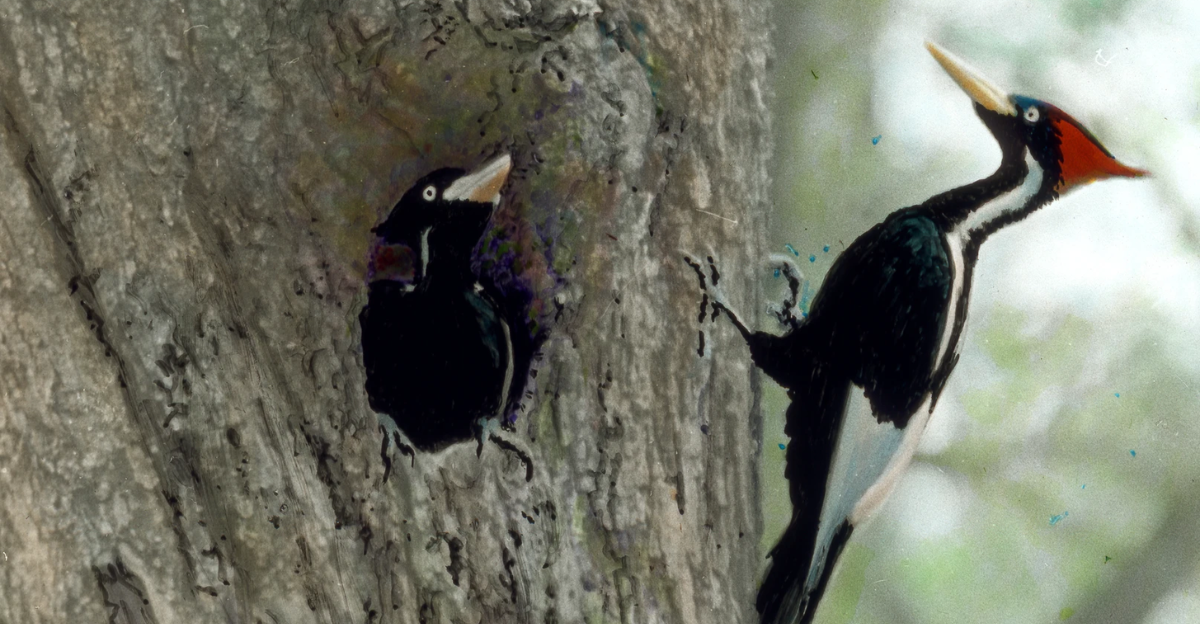
The Ivory-billed Woodpecker (Campephilus principalis) is perhaps the most famous “possibly extinct” bird in the United States. Once abundant throughout the southeastern U.S., it was driven to near extinction by loss of habitat and hunting.
Despite decades without confirmed sightings, unverified reports continue to fuel hope that a remnant population survives in remote forested areas. Its striking size and appearance make it an unforgettable symbol of lost wilderness.
The ongoing search for this bird challenges assumptions about extinction and underscores the importance of preserving old-growth forests. Whether extinct or simply elusive, the Ivory-billed Woodpecker continues to inspire conservation efforts, and its legacy reminds us that species can sometimes persist in the shadows.
2. Bethany Beach Firefly
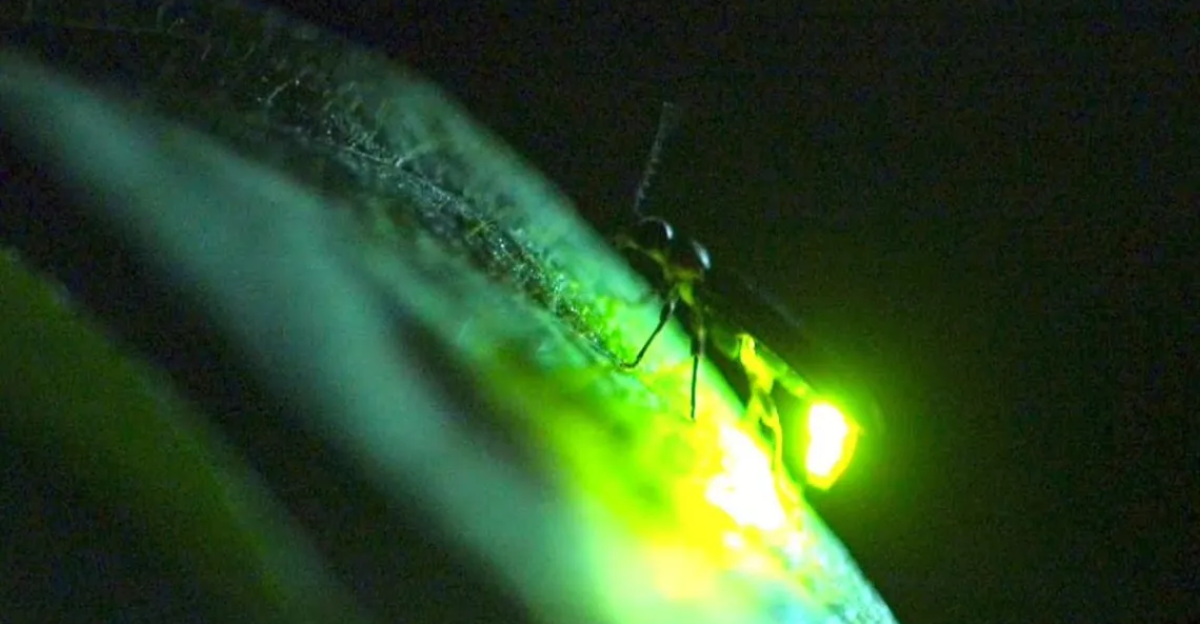
The Bethany Beach Firefly (Photuris bethaniensis) is a tiny, critically endangered insect endemic to a small stretch of shoreline around Bethany Beach, Delaware. Its population has fallen due to habitat destruction, light pollution, urbanization, and rising seas linked to climate change.
Artificial lights disrupt their mating signals, and coastal development reduces their habitat. According to experts, this species was predicted to be extinct by the end of 2023.
The firefly’s decline illustrates how even small, overlooked species are susceptible to human impacts and climate change. Protecting such micro-endemics means rethinking coastal management and reducing light pollution, demonstrating how conservation needs to consider both global and local threats.
1. `Akikiki
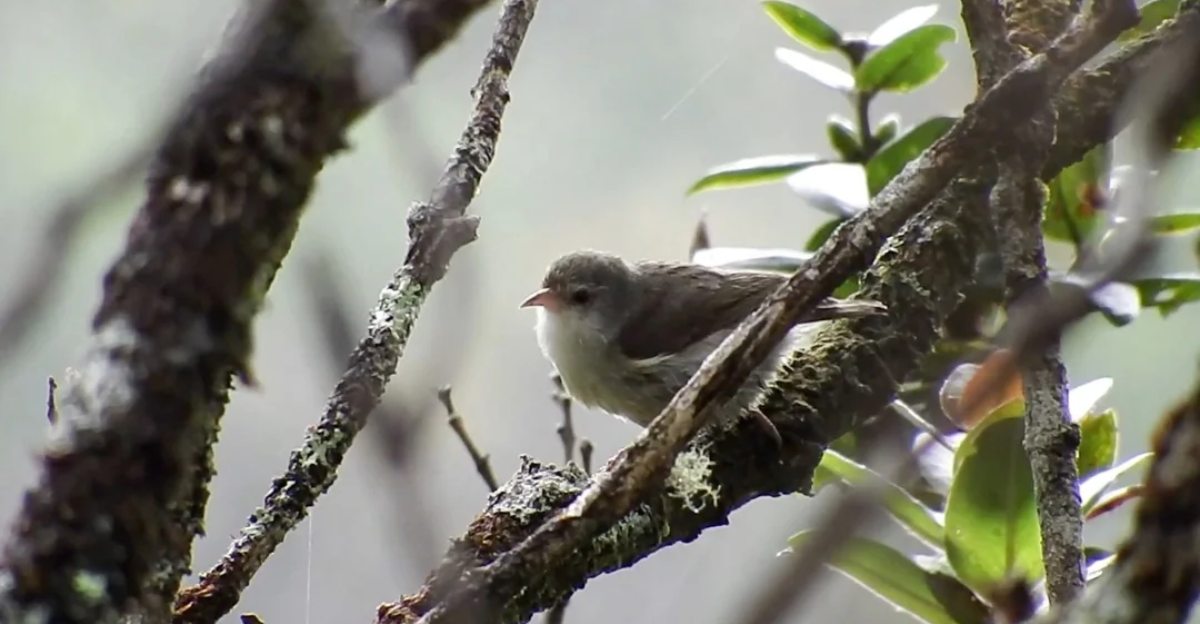
The ‘Akikiki (Oreomystis bairdi), a rare bird endemic to the high-elevation forests of Kauai, Hawaii, is one of the rarest birds in the United States. Its population has plummeted from roughly 600 individuals as of 2018 to about five by mid-2023, owing mostly to avian malaria, habitat destruction, and invasive predators.
Conservationists are racing to save the species by restoring habitat, monitoring for disease, and controlling predators. The ‘Akikiki’s rapid decline is indicative of the devastating effects of climate change and invasive species on island ecosystems.
Without immediate action, the species is poised to vanish in the wild by the end of 2023, highlighting the precarious balance of biodiversity and the urgent need for new approaches to conservation.
Explore more of our trending stories and hit Follow to keep them coming to your feed!

Don’t miss out on more stories like this! Hit the Follow button at the top of this article to stay updated with the latest news. Share your thoughts in the comments—we’d love to hear from you!







